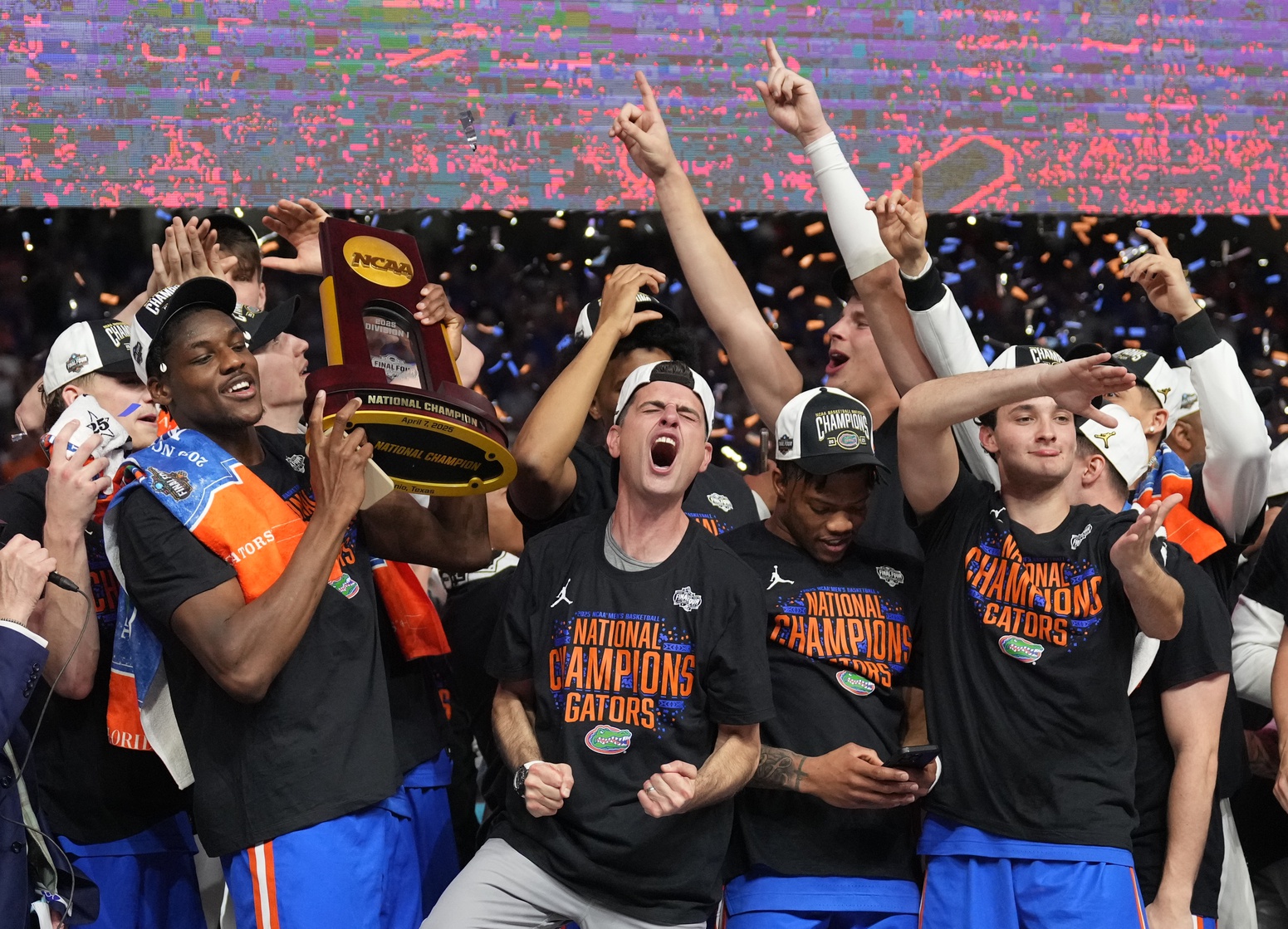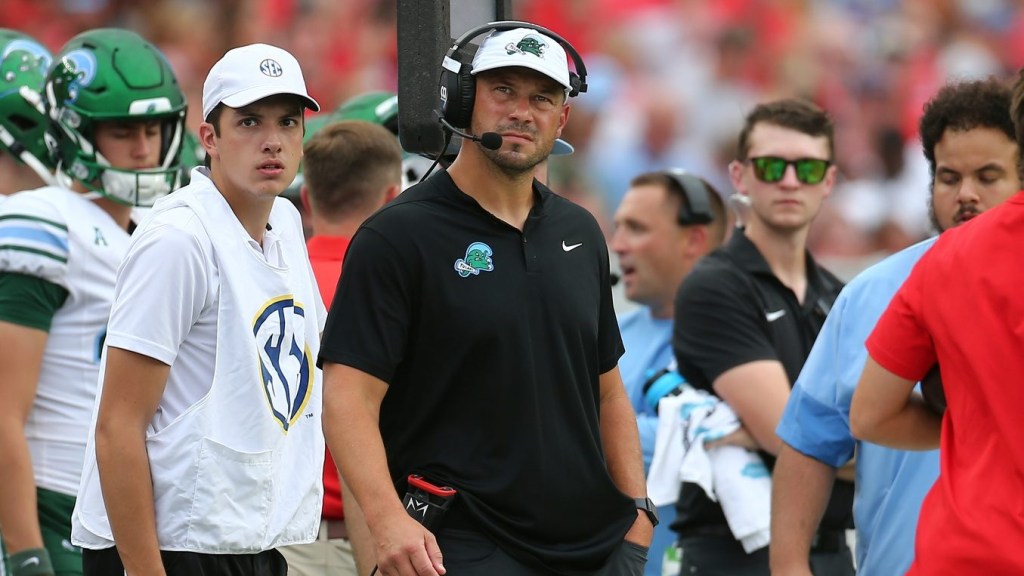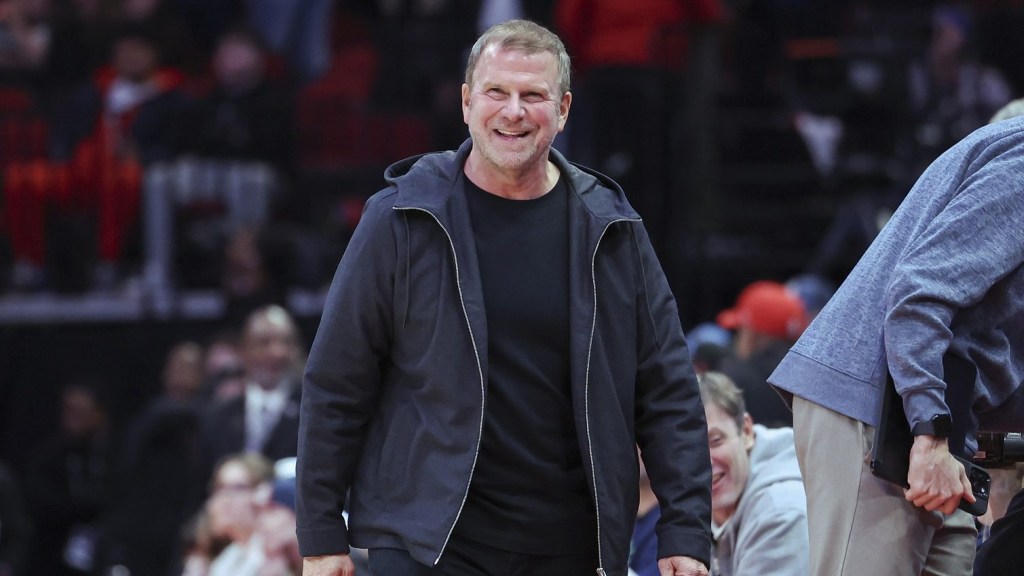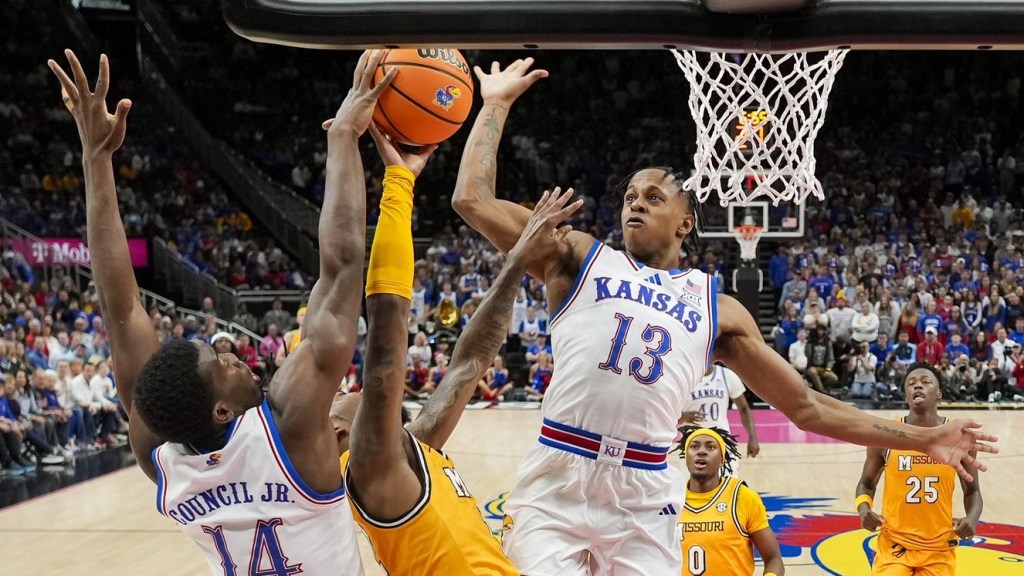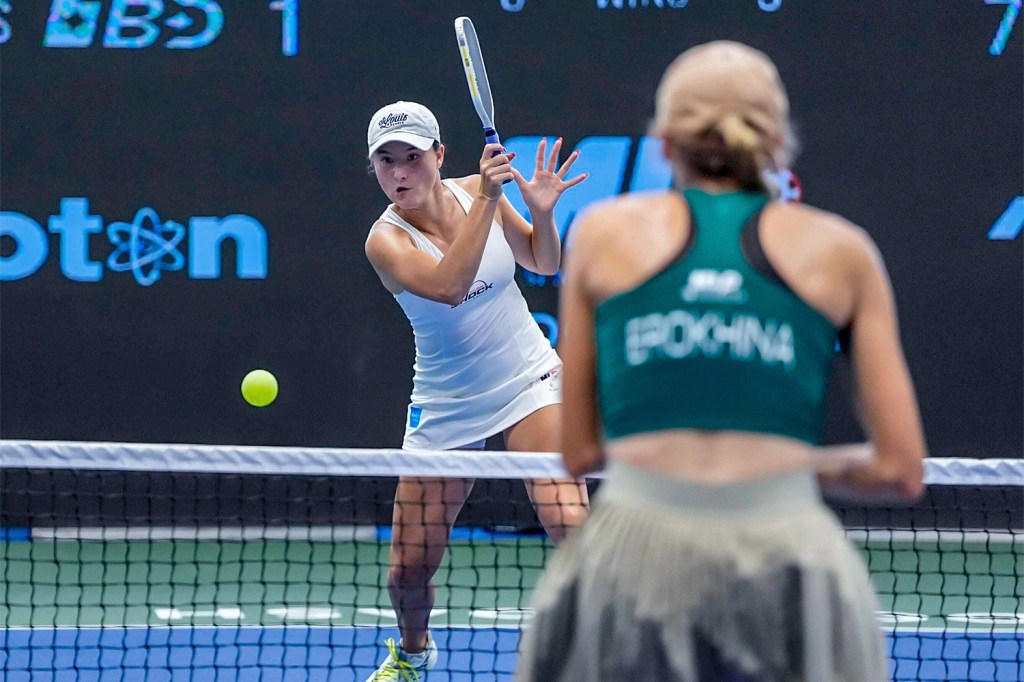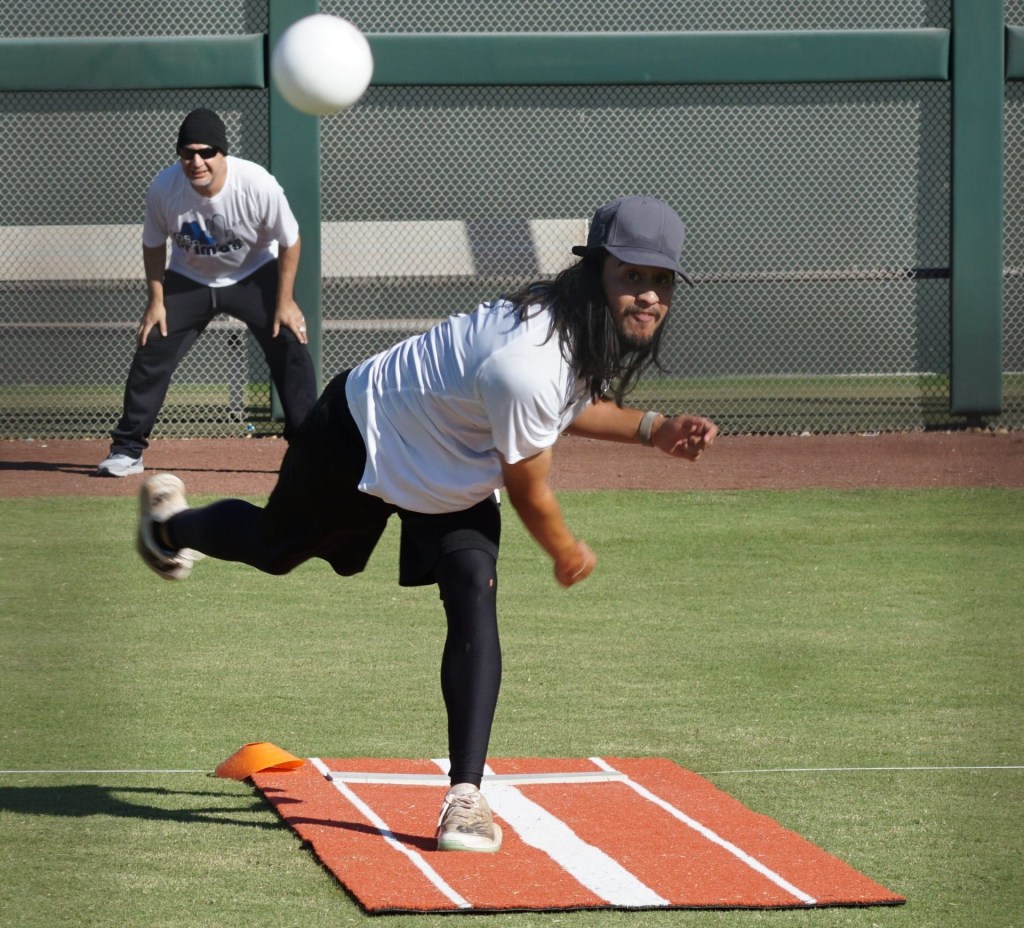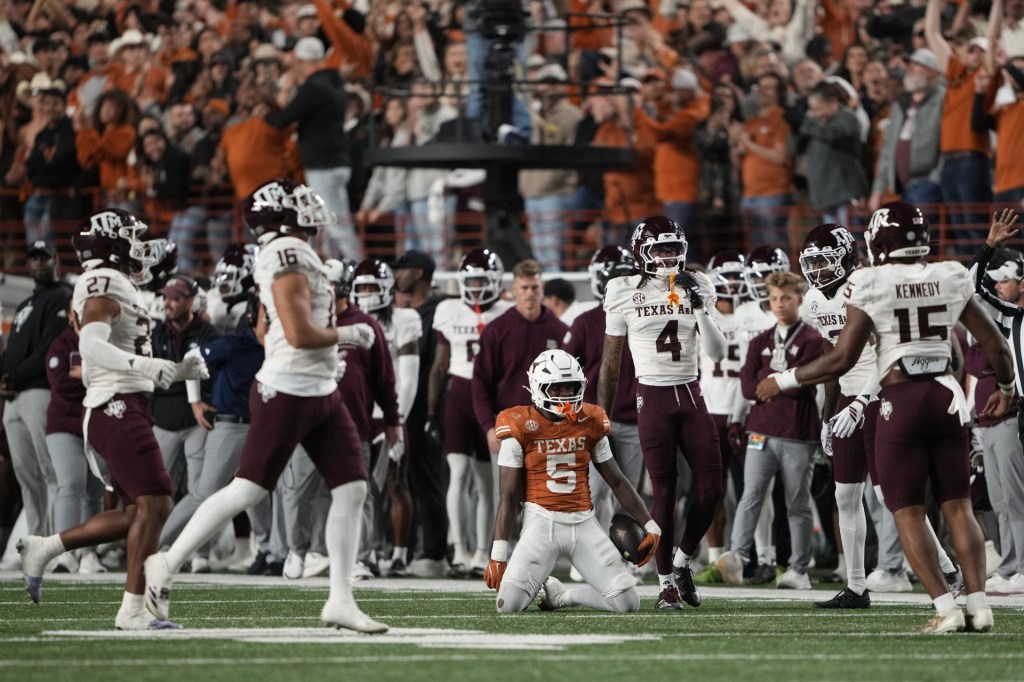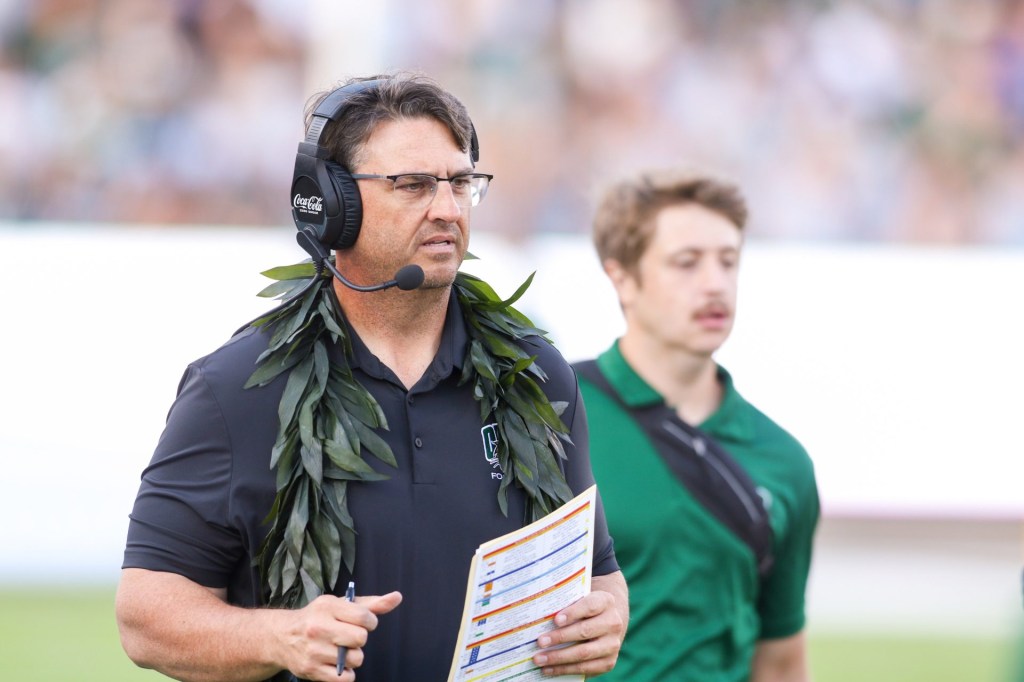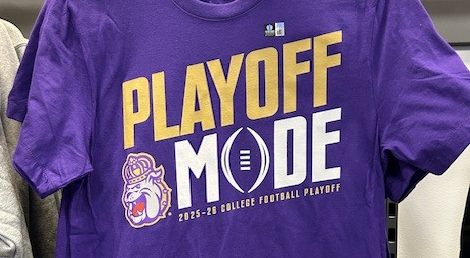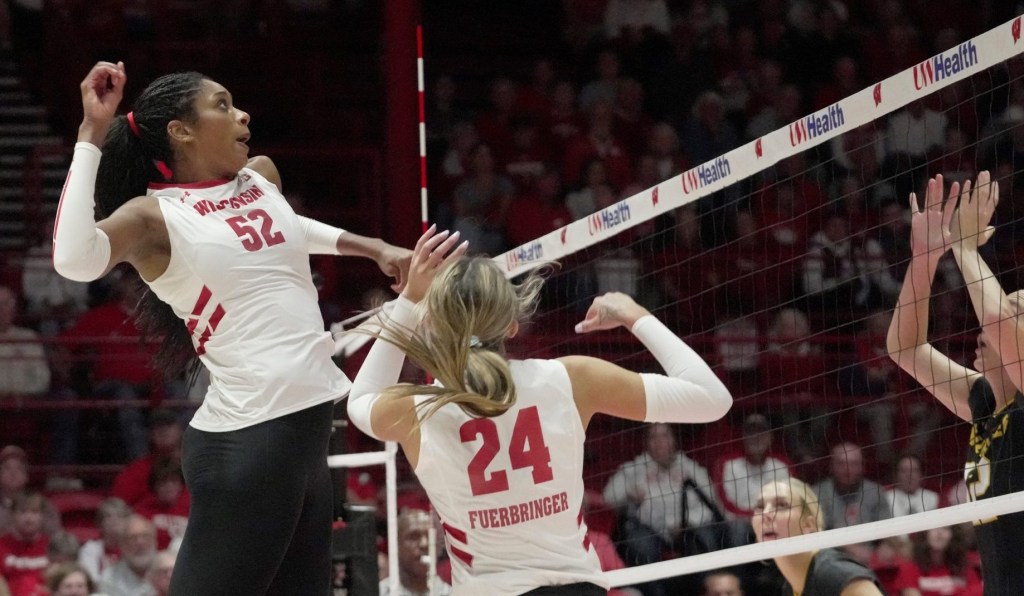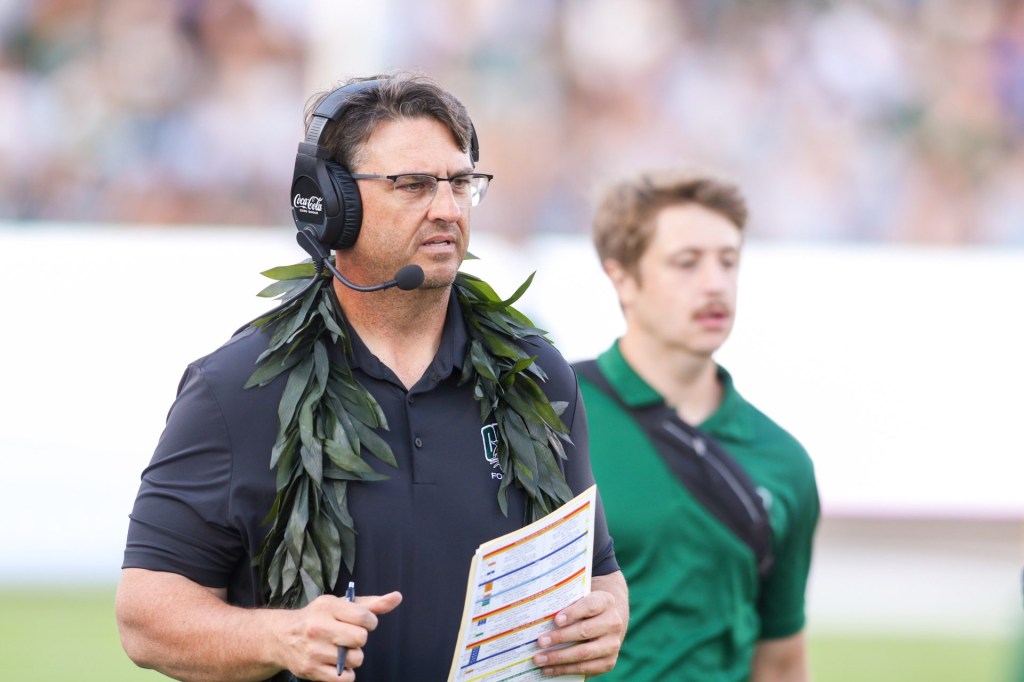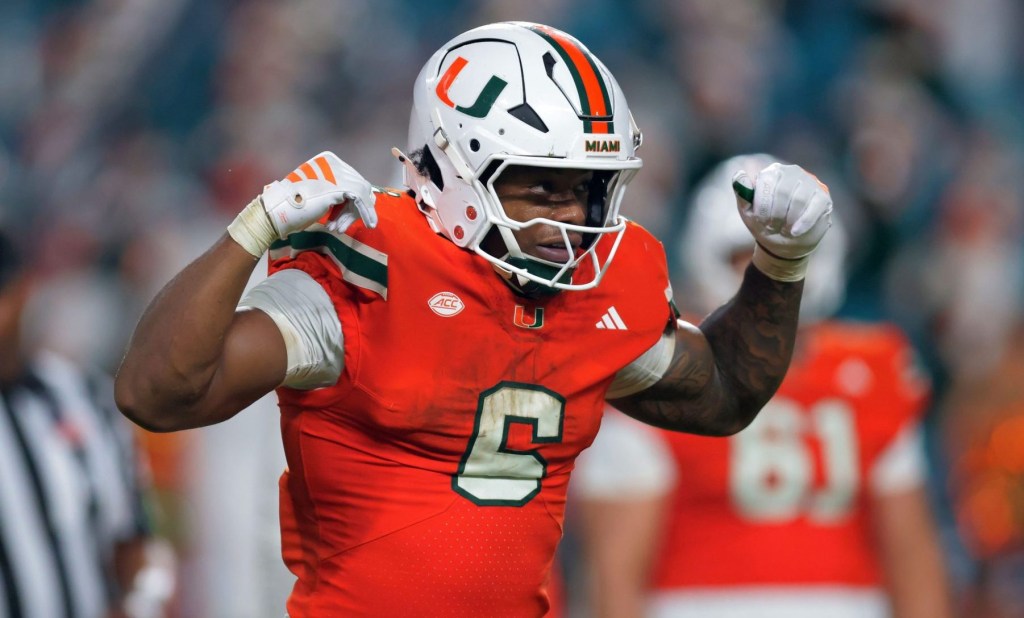When Florida took down Houston to win the national championship, Erick Reasoner, the CEO of Florida NIL collective Florida Victorious, was seated in row 136 of the Alamodome with his wife and two kids. His son gave him the “biggest hug” as time expired. But a big part of the celebration was with the collective’s patrons: As the game ended, Reasoner shook donors’ hands, many of whom were sitting in the section next to him.
The scene is emblematic of the modern college sports era, where collectives are a key component of roster-building in top football and basketball programs. Even in the upcoming revenue-sharing era where schools can pay players directly, collectives are still expected to be the difference-makers in recruiting.
For all its success in the tournament, Florida isn’t complacent—whether it comes to fundraising or strategizing for the revenue-sharing era.
The Gators, with the help of Florida Victorious, earned between $1 million and $1.5 million during the week of the Final Four alone. On Sunday, after the Gators secured the title game berth, three donors set up a $250,000 match before the championship tipped off. They got all the way up to $325,000, Reasoner says. Then Florida alum Gary Condron offered $1 million for the men’s basketball program in the hopes it would inspire other fans to follow.
“We’ve had a huge response,” Reasoner tells Front Front Office Sports. “It has been a combination of people who have already been on board, but then also, people who had been involved with Gator boosters before but not with us, have started to give to us. And it’s really been a wave of momentum.”
The next step: Use the offseason to build another championship-caliber roster. Head coach Todd Golden told reporters in San Antonio that he planned to put a major emphasis on retention of the current roster. “Retaining, retaining, retaining is going to be huge,” he said at the time.
Florida doesn’t just throw money at top recruits, however. Director of basketball strategy and analytics Jonathan Safir previously told FOS that the team has “never gotten a single player because we’re the highest bidder.” But for every program, the price to keep current players or recruit new ones is going up this offseason. Reasoner estimates that, in the SEC, the richest collectives were offering about $6 million total for their basketball programs. But that’s “no longer a big number for a lot of schools,” he says.
The reason: If it’s approved, the pending House v. NCAA settlement would allow schools to share up to $20.5 million with players across their athletic department next season. Schools without football programs, like those in the Big East, could have an advantage in this new era, since they can allocate more of their revenue-sharing pool to basketball players. “With rev-share kicking in, and non-football schools having rev-share, that’s completely changed basketball rosters,” Reasoner says.
But finding the money to bridge this gap is just the first obstacle. The settlement would also put in place an NIL clearinghouse to check whether deals from collectives and boosters are “fair-market value.” If they appear to be pay-for-play, the deals can be blocked. (A third party entity will assess the value of NIL deals to ensure they do not exceed what the market would offer.)
To ensure their deals are approved, Florida Victorious plans to focus more on membership-driven products, or things that benefits can pay for. That could mean anything from access to exclusive social content, like interviews with players, or invitations to in-person events.“ That’s the tough part—can you supplement the rev-share with what passes the fair-market value test,” Reasoner says. “I think schools are still figuring that out.”
Ultimately, Reasoner hopes this strategy will be successful not just in men’s basketball, but in other sports—especially football. “We think we have proof of concept,” he says.
